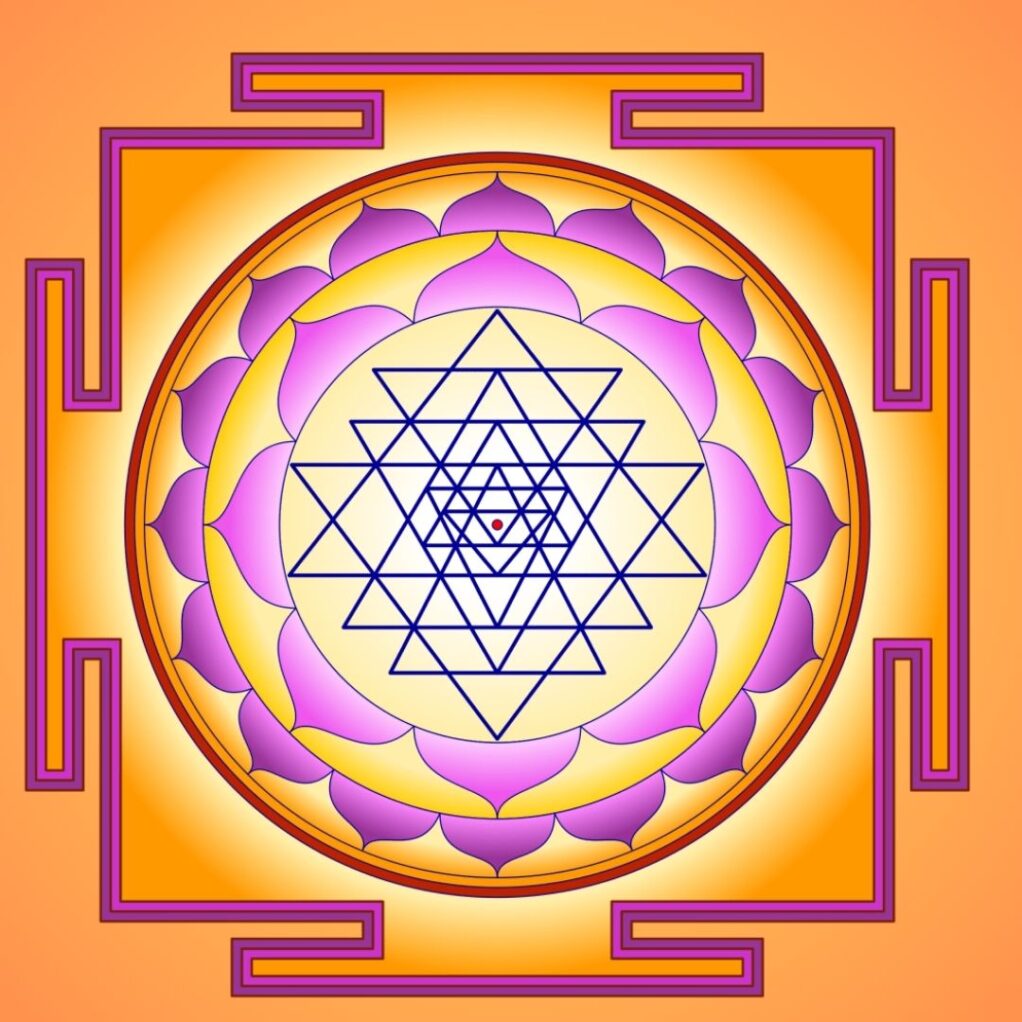Trataka: A Quick Guide to an Ancient Practice
Posted by Melody Tijerina | Uncategorized | No Comments
I recently watched, “The Wonderful Story of Henry Sugar” on Netflix, and I was delighted to see that the story centers upon a traditional yoga practice called, trataka.
In the story, Henry Sugar, played by Benedict Cumberbatch, stumbles upon an ancient practice that promises him the ability to see with his eyes closed. As a gambler, he is immediately intrigued. He begins to practice the technique religiously with the goal of becoming a card reader. After three years of regular practice, he masters the skill of card reading. He feels triumphant! He rushes out to his local gambling house to test his hard-earned skills.
Unbeknownst to Henry, the practice of trataka has changed him. When he began his quest, he was a wealthy man seeking to acquire more personal wealth. He was motivated by greed. This delightful short story, written by Roald Dahl, is about greed, motivation, discipline, and personal growth.
This story is also a great introduction for the practice of trataka. The word trataka is a Sanskrit word that means “to look” or “to gaze”. In its initial stages, trataka involves focusing the eyes upon an external objection without blinking. As the practitioner advances, the eyes are closed, and the focus is redirected internally.
In one of the classic yoga texts, trataka is listed as one of the shatkarmas or daily cleansing practices. The Sanskrit word, “shat” means “six” and “karma” translates to “action”, so shatkarmas are the 6 daily actions that are recommended for purifying the body.
There is some debate as to whether trataka should be included in the list of shatkarmas, since many consider trataka a meditation technique. Trataka is a way of focusing the mind and establishing concentration. It is also considered a way to clear or clean the mind.
There are many ways to practice trataka and all fall within 3 general categories. The three categories are listed in progression from less difficult to more advanced:
- Focusing upon on an external object. This is known as bahir.
- Focusing upon on an external and internal object.
- Focusing internally. This is known as antar.
Bahir Trataka
Bahir Trataka involves gazing upon an external steady object with unfaltering attention and without blinking. The traditional object to gaze upon is a candle flame, but you can gaze upon just a about anything. Here is list of popular images or objects to gaze upon:
- Aum symbol
- Image of a flower
- Yin and yang symbol
- The sky
- Mandala
- Tip of the nose (Also known as Agochari mudra)
- Black dot on a white sheet of paper
- Yantra
Yantras are a type of mandala. They are specific geometric art pieces that are said to subtly generate the cosmic force of deities, elements or other properties. They are visual aids for meditation and can be used when practicing trataka. They are often combined with mantra to increase their effect. One of the most popular yantras is Sri Yantra, pronounced “shree yantra”, which is said to represent the energy of all gods and goddess, the union of all masculine and feminine energies. It is considered a graphic visual representation of pure energy or universal energy. Within Sri Yantra is a bindu or “dot” in the very center of the image. (See the red dot in the center of the Sri Yantra below.) This is the point, you gaze upon if your using Sri Yantra for trataka.

You can choose any object for trataka, but commit to using only one object and use it consistently for several months to make progress.
Bahir and Antar Trataka
This trataka practices involves gazing upon an external object, then closing the eyes and moving your unwavering focus upon the after image of the external object. A candle flame works well since the brightness imprints upon the retina. A black dot or a single black star on a white piece of paper can work well, due to the contrast and simplicity of the design.
Antar Trataka
This form of trataka requires a steady mind and a clear picture in your mind from memory with no external prompting. As such, it is considered more advanced. For most of us, it is difficult to create a clear picture of something in our mind. It is emphasized that we do not rush to achieve Antar trataka. It is best to wait until we can create a clear, unwavering image in our head. If we are still struggling to create an image in our head, we should continue to practice the two previously described stages of trataka. Antar trataka is used for introspection and exploration of the mind.
Benefits of Trataka:
The story of Henry Sugar is an extreme example of what can be accomplished with trataka. His ability to learn and master trataka to such an extent, so quickly is described as, “one in a billion” in the narrative.
Although you and I may not develop the ability to see with our eyes closed, we can still derive benefits from a trataka practice. Benefits of trataka include:
- Improved concentration
- Ability to focus the mind at will
- Increased peace of mind
- Strengthens and corrects vision
- Bring forth dormant potential of the mind
- Improve memory
- Overcome insomnia
- Improved self-knowledge.
Trataka is said to brighten the light of our eyes and mind, helping us to gain clarity by improving our attention. In India, some believe that trataka can lead to psychic powers.
How To Practice Trataka:
As discussed there are many different ways to practice trataka, but here are the basic directions for bahir trataka with a printed page with a single point at the center or you can print a yantra with a bindu:
Sit near a wall on the floor with your spine tall and erect. Adhere the page or yantra to the wall in front of you. The bindu should be at eye level. Be sure there is no air circulating in the room that will cause the page to move. The page, the point or bindu should be steady and still.
Adjust your seated position until you are an arm’s length from the page. Set a time for 3 minutes. For the first minute, close your eyes and relax your body while keeping your posture erect and aligned. Draw all of your awareness into your body. Regather and steady yourself. Grow still and tell yourself that you will remain perfectly still during the practice. Sit for few moments more with your eyes closed, paying exclusive attention to how your body feels on the inside. Create a sense of calm, steadiness in your body and mind.
After the first minute has lapsed, open your eyes, keep the eyes relaxed and let them settle upon the dot or bindu. Lock your eyes on the bindu. Keep the breath slow and rhythmic.
Gaze upon the bindu with complete and total awareness. Do not strain. Be focused and relaxed. Resist the urge to blink or look away, but once again, do not strain your eyes. If you must blink, close your eyes, re-gather yourself, check back in with your breathing and open your eyes. Begin, again. Practice like this for 2 minutes, then close your eyes and notice if you see an after image. If an after image appears steady the image in your mind. Hold the projected image steady and gently gaze upon it until it fades away. If an after image does not appear, do not worry. Simply sit with your eyes close for a few moments before resuming your day.
This was a quick introduction to trataka. There is so much more than can be discussed on the subject of trataka and of course, there is much to be learned and gained by practicing trataka.
If you watch the movie on Netflix or decide to give it a try, be sure to share your thoughts! Take care and Namaste.



Recent Comments